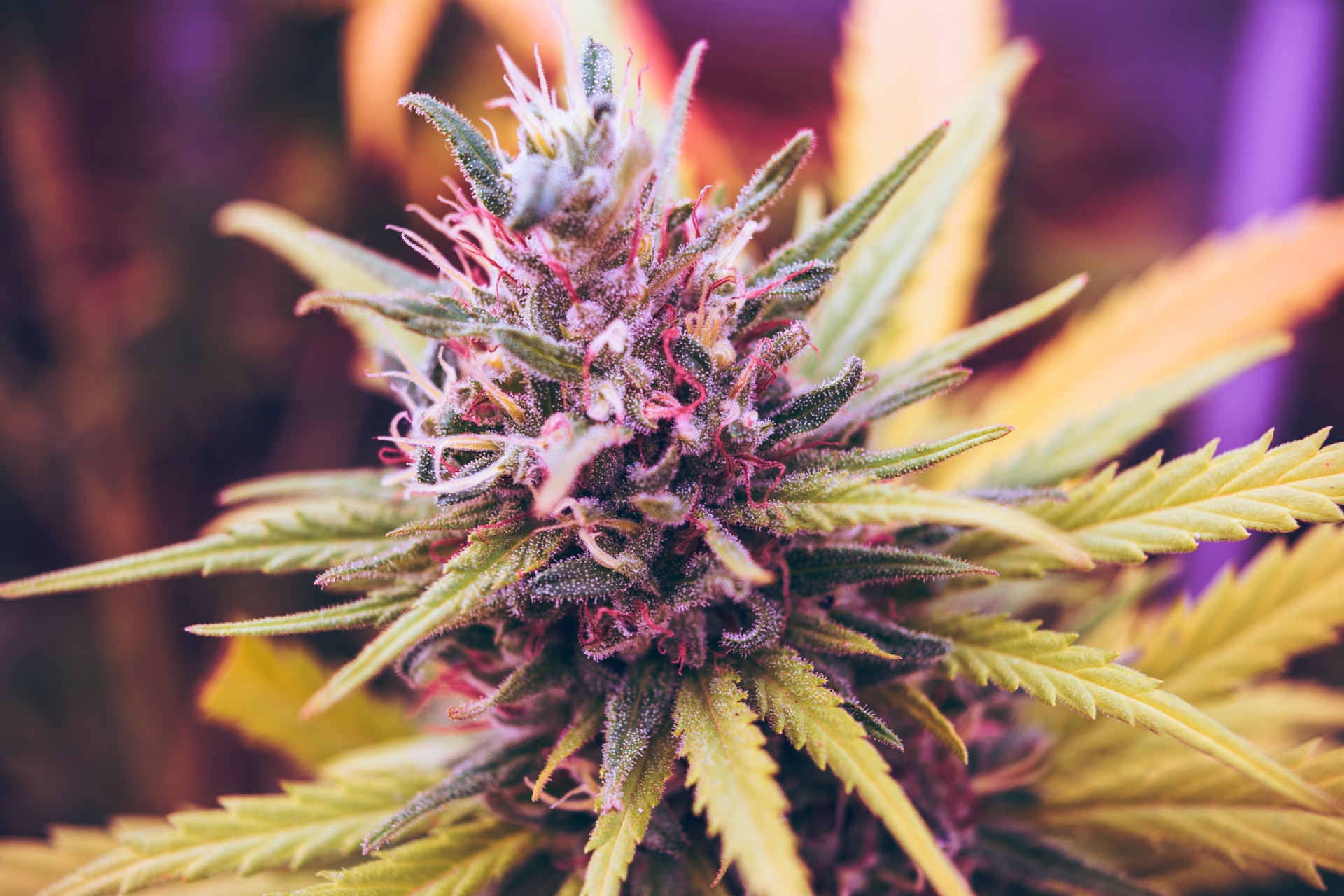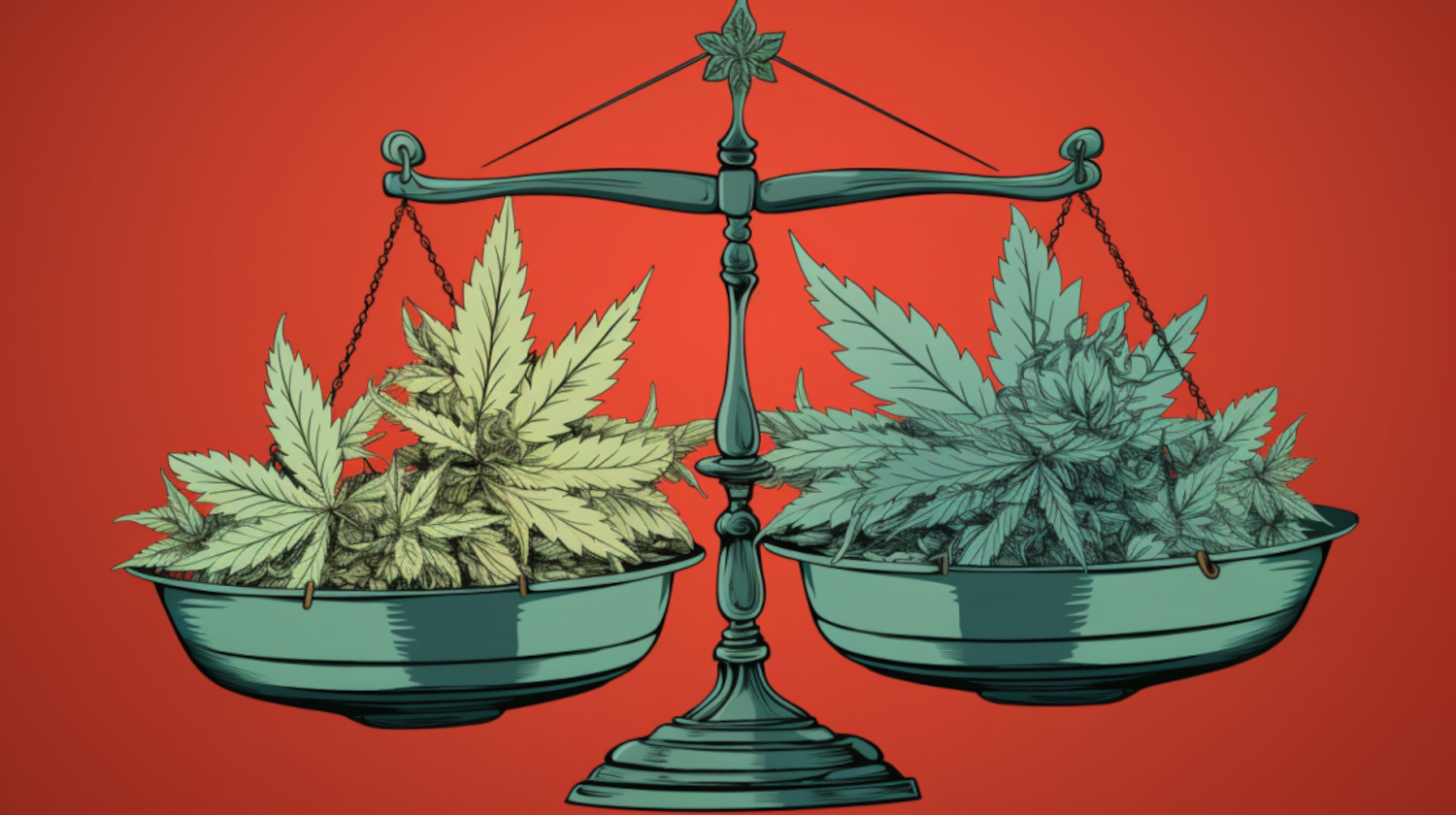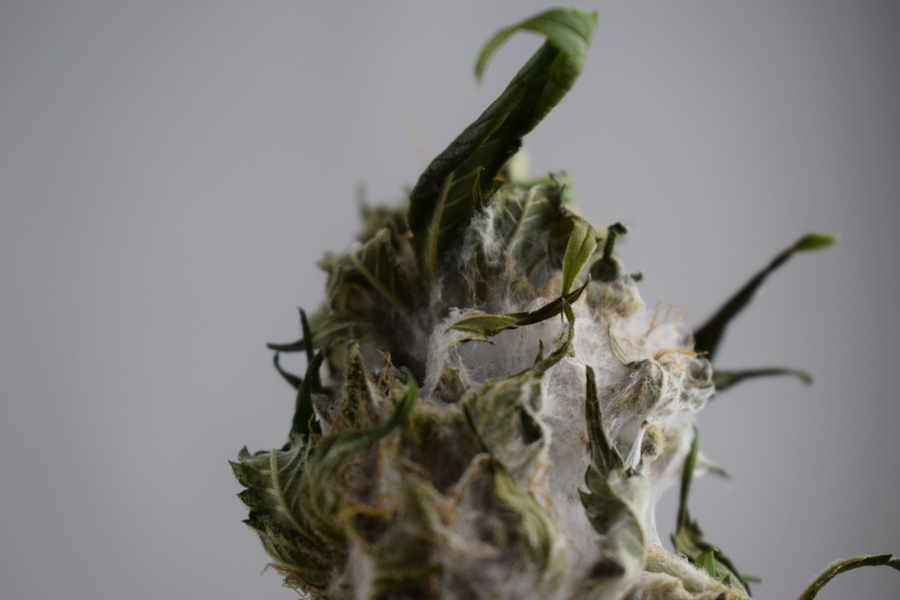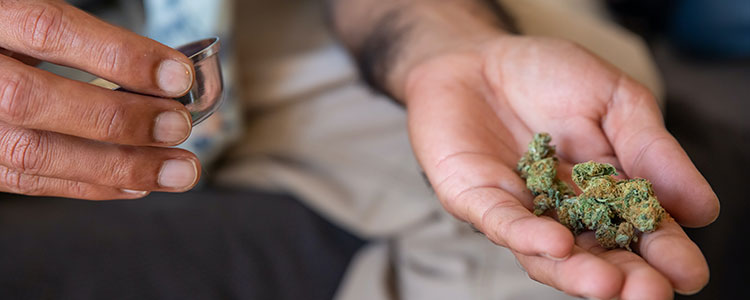Farmers have always looked for ways to increase crop yields throughout agriculture's history. In modern times, that often means turning to chemicals and genetic engineering to give crops an edge over pests and increasingly unpredictable environmental conditions. Cannabis is no different.
Plant growth regulators, or PGR weed, is the latest attempt made by cannabis growers to maximize the amount of cannabis they can grow using a host of chemicals to modify the plant’s growth cycles.
Of course, it doesn’t take a lot of research to understand why chemicals in products that people consume are troubling. There have been plenty of instances where a chemical thought to be “safe” caused a disease or illness.
For medical cannabis patients, such concerns are magnified. When you’re struggling with an already severe medical condition, the notion that PGR cannabis could be creating additional problems that you aren’t aware of is more than a little troubling. Many medical marijuana patients turn to cannabis as a natural alternative to pharmaceuticals, leading them to question whether they’re simply swapping out one science experiment for another.
What is PGR Weed?
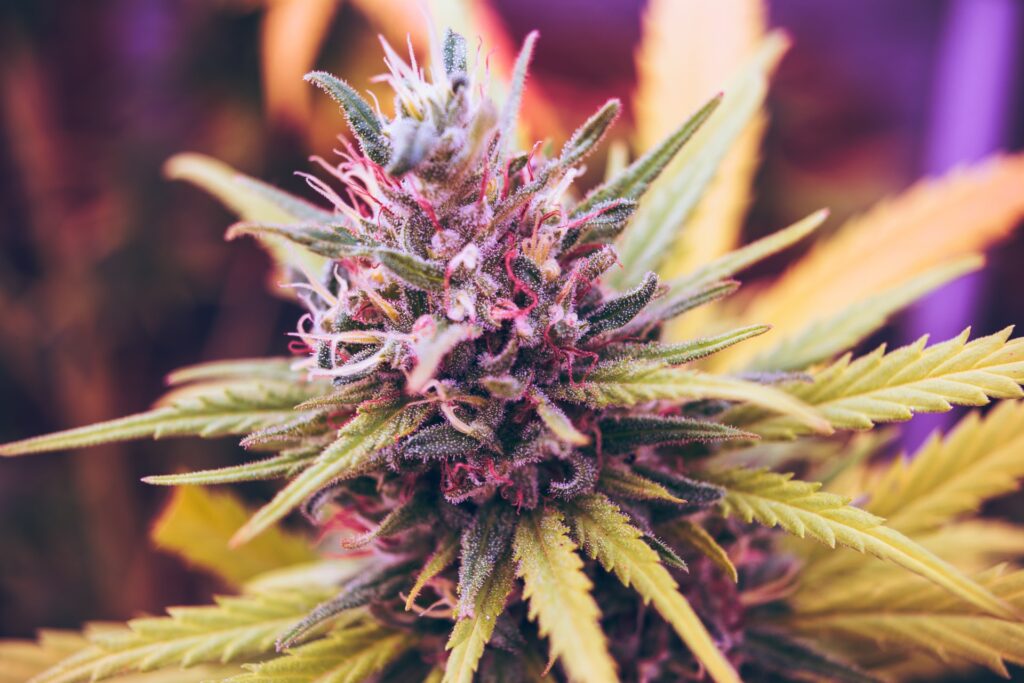
PGR stands for plant growth regulators. These are chemicals that alter a plant’s growth rate. They can either inhibit growth, causing the plant to remain underdeveloped, or they can expedite growth, making it grow more rapidly.
Plants grow through cell division. When a plant’s cells have received enough nutrients, they divide, creating more cells. Then, those cells elongate, taking in more nutrients and forming the plant's structures, like leaves and roots.
PGRs work by either interrupting or speeding up growth processes. Some growth regulators work on cell division, while others work on the elongation phase of growth. Depending on the goal, some plants are treated with one or both types of PGRs.
When considering PGRs in weed, you’re going to be looking at chemicals that stimulate growth rather than hinder it. Cannabis growers are looking to use PGRs to increase cannabis crop yield and do so more quickly. As demand for cannabis grows, cultivators need to produce more plants more quickly. PGRs are a way for them to stay on top of the demand.
PGRs also can be used to create uniform crops. For indoor grow options, this means maximized space and less maintenance.
How is PGR Weed Made?
PRG weed is created by exposing cannabis plants to certain chemicals that modify their growth. These chemicals can either be sprayed onto the plant or fed through the roots in a fertilizer or nutrient mix. Either way, the chemicals get into the plant’s cells and alter its cell division rhythms, cell elongation, or both.
Typical PGRs are:
- Ancymidol
- Chlormequat chloride
- Daminozide
- Ethephon
- Flurprimidol
- Paclobutrazol
- Uniconazole
The PGRs commonly used in cannabis cultivation are daminozide, paclobutrazol, and chlormequat chloride.
PGRs are banned from being used on food crops in many countries and states, and in California, paclobutrazol is banned for use on cannabis. Unfortunately, that doesn’t stop some cultivators from using them for cannabis. The laws haven’t entirely caught up.
Common Nutrients Used in PGR Weed
Most growers don’t add the PGRs to their cannabis plants separately. Instead, the PGRs come premixed in the fertilizers they use. Some fertilizers available to home growers have PGRs mixed in, and it was recently uncovered that some aren’t even listed on the label, violating California law.
If you’re looking to avoid PGRs, avoid the following fertilizers:
- Bushload by General Hydroponics
- Gravity by Emerald Triangle
- Flower Dragon by Grow Envy
- Phosphoload by Dutch Master
- Superbud by Dutch Master
- Rox
- Boonta Bud
- Mega Bud
PGR Weed: Possible Risks and Health Concerns
As with most chemicals, there are safety risks. The risks for PGRs are pretty well known, which is why they’re banned for most crops. In fact, daminozide has been banned for food crops in the US since 1989, yet it still shows up in cannabis.
Each chemical is different, and the risks they pose vary. For the main two that are used in cannabis cultivation, there has been a reasonable amount of research done highlighting the health concerns they pose.
Paclobutrazol
Paclobutrazol, also known as PBZ, is one of the more common PGRs in both cannabis and the wider agricultural world. It’s actually still used in the US to grow apples, mangos, avocados, cabbage, cauliflower, and broccoli. In cannabis, fertilizers like Gravity, Flower Dragon, and TopLoad all use paclobutrazol.
Despite its everyday use, there’s mounting evidence that paclobutrazol may be toxic. A study conducted by the EPA on mice demonstrated that it can be harmful to the liver and cause damage at high doses.
Other studies have shown that paclobutrazol causes liver toxicity; it can cause developmental defects in mammals. Other species experienced other toxic effects.
Daminozide
Daminozide, known as Alar, was banned in 1989 for causing cancer. It remains prohibited by the EPA for use on food products because of its carcinogenic properties. Once again, the laws for cannabis growers are lagging behind (though more and more states are catching up): daminozide is banned in California, Colorado, and many other states.
Chlormequat chloride
Chlormequat chloride is another PGR known for causing cannabis flowers to have denser buds and plants to flower more quickly. Chlormequat chloride is also a skin and eye irritant with the potential to cause damage to the organs. Although chlormequat chloride is an organic chloride salt, it is considered a neurotoxin.
How to Spot PGR Weed
There’s no 100% sure way to tell if cannabis is PGR weed outside of chemical testing, but there are several telltale signs to look out for.
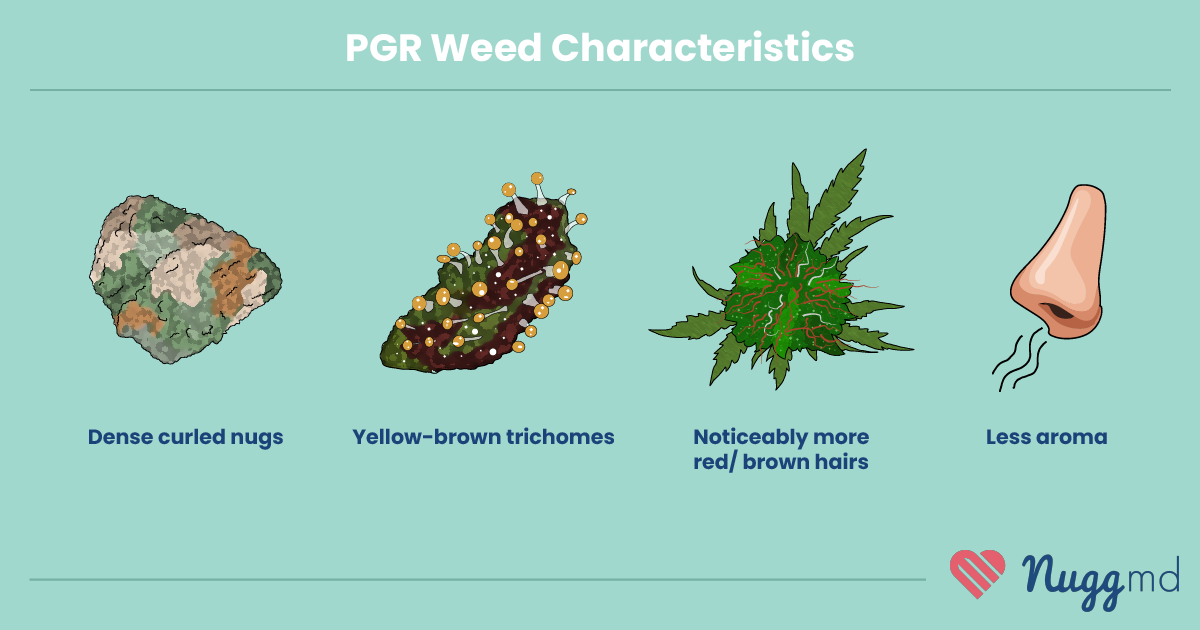
- The buds will be extremely dense. Instead of healthy, leafy-looking buds, you’ll have super dense nugs where the plant remains tightly curled. You can feel the difference in weight, and it will feel spongy and thick.
- The plant will have fewer or sick-looking trichomes. Trichomes are the whiteish clear crystal-like structures covering the outside of the bud. They produce both the terpenes and cannabinoids in the bud. There will be significantly fewer trichomes on PGR cannabis, or they will be a sickly yellow-brown color.
- Buds will have a lot more red or brown hairs. While it’s normal for cannabis buds to have some red or brown hairs, PGR buds have a lot more of them.
- PGR cannabis won’t smell much. PGR cannabis has fewer trichomes. Fewer trichomes equate to fewer terpenes and less of the iconic cannabis smell. If the bud doesn’t have a distinct smell, even when ground, there’s a good chance it’s PGR weed.
Learn more about finding the best bud with our 9 Simple Ways to Tell Good vs Bad Cannabis.
Conclusion
There hasn’t been a study done on the effects of PGR cannabis on humans. There’s no definitive scientific conclusion just yet. However, there’s enough evidence surrounding plant growth regulators to say fairly confidently that the risks to consumers shouldn’t be ignored. There have been enough studies done to show that PGRs are harmful when consumed and that they may cause liver damage and cancer. It doesn’t take much of a stretch to believe that inhaling these chemicals can be harmful.
Until the laws catch up, it’s best to consult with your budtender and try to find reliable natural strains to use regularly. And if you grow your own cannabis, avoid fertilizers that contain PGRs. Opt for organic alternatives instead.
The information in this article and any included images or charts are for educational purposes only. This information is neither a substitute for, nor does it replace, professional legal advice or medical advice, diagnosis, or treatment. If you have any concerns or questions about laws, regulations, or your health, you should always consult with an attorney, physician or other licensed professional.

